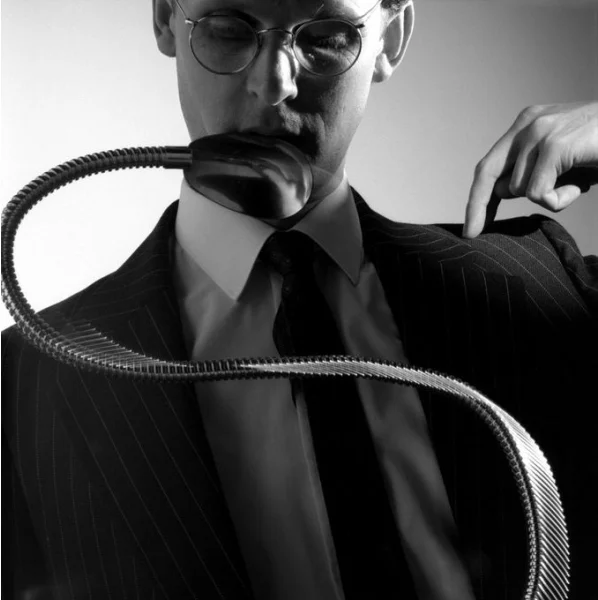Image above: © John Florea, Young German Children Watch Vehicle of US 9th Armored Division Pass Through their Village during the Allied Drive towards Berlin, March 1945 / courtesy of Steven Kasher Gallery
For the 70th anniversary of the end of World War II, Steven Kasher Gallery presented a major exhibition, John Florea: World War II, the first exhibition of the photographer’s work. The exhibition features over fifty black and white photographs from his most famous series about the Pacific and European fronts with published and unpublished images. “War Photographers”, an article in the November 5, 1945 issue of Life, states that John Florea “saw the first German spies caught in reoccupied territory, the first American counterattack, the first American prisoners found murdered.”
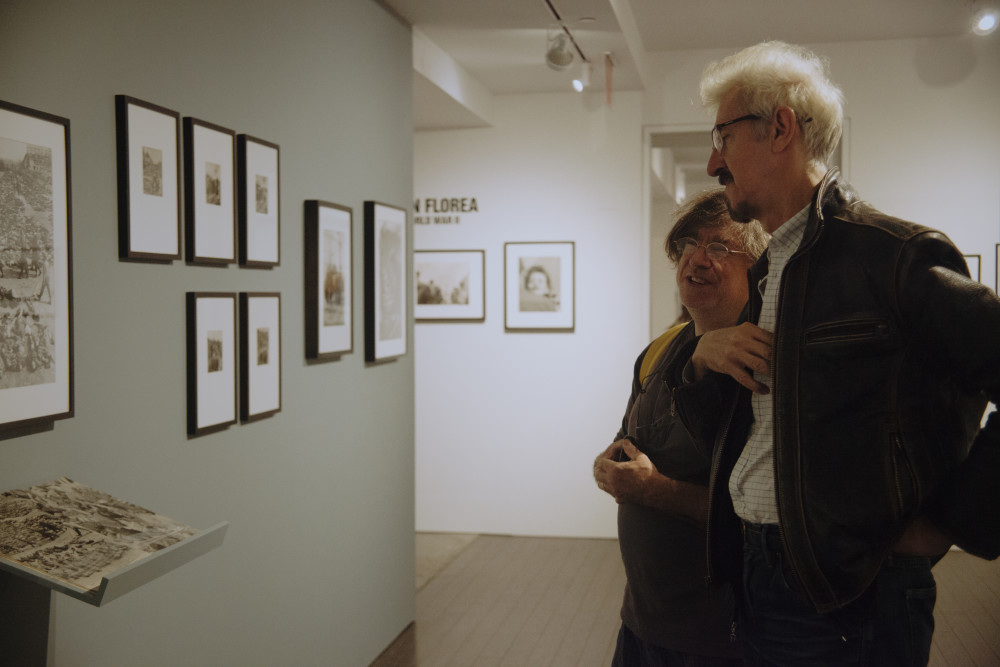 Image above: © Ashley Comer
Image above: © Ashley Comer
After working for the San Francisco Examiner, John Florea (1916-2000) became a staff photographer at Life in 1941. Living in Hollywood and specializing in celebrity images, he did not intend to go to the battlefields. After the bombing of Pearl Harbor by the Japan Army in December 7, 1941, Florea decided to become a war photographer and to chronicle the greatest battles of World War II. As one of the America’s first war correspondents for the Pacific war, he covered the Marines and the Navy, especially during the battle of Tarawa in December 1943. Later, from 1944 until the end of the war, he followed the American army in Europe, photographing the fights in France or Belgium, the destruction of the German cities and the liberation of the concentration camps in Germany. This last experience had left its mark on him so deeply that he explained in 1993, almost 50 years after: “You don’t know how many times I see those pictures in my mind. It was terrible.”
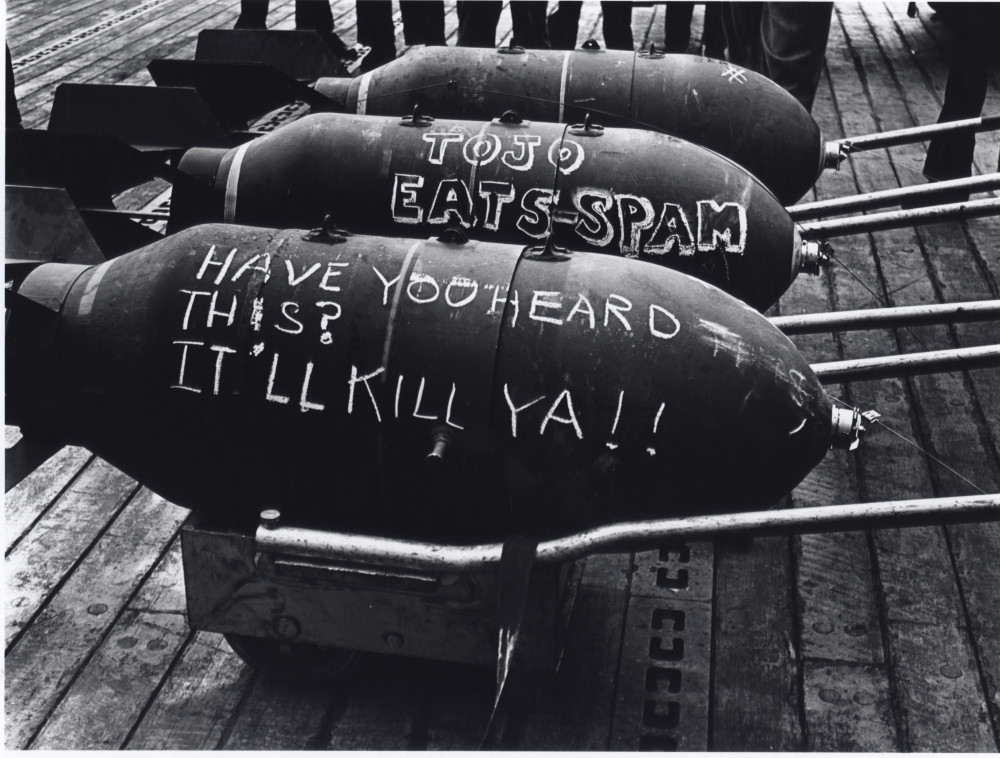 Image above: © John Florea, Torpedos on the Deck of a Ship During the Tarawa Battle, 1943 / courtesy of Steven Kasher Gallery
Image above: © John Florea, Torpedos on the Deck of a Ship During the Tarawa Battle, 1943 / courtesy of Steven Kasher Gallery
One of the features of the show is the entire wall with photographs of German concentration camps, some of the earliest ever made and published and that have had such a powerful impact. “When I looked at those photographs, something broke,” the American critic Susan Sontag wrote, recalling when she first saw pictures of Nazi concentration camps in July 1945. “Nothing I have seen — in photographs or in real life — ever cut me as sharply, deeply, instantaneously.”
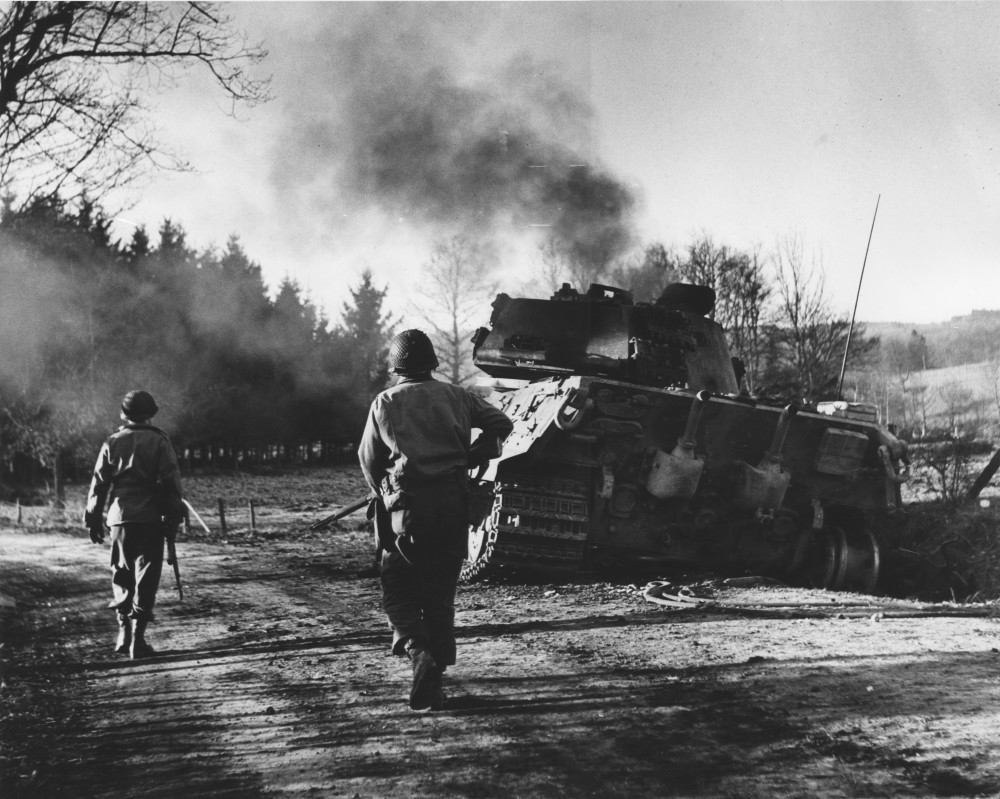 Image above: © John Florea,Outside La Gleize, Two Infantrymen Move Past a Monstrous German King Tiger Tank Which Has Just Been Knocked Out, December 17, 1944 / courtesy of Steven Kasher Gallery
Image above: © John Florea,Outside La Gleize, Two Infantrymen Move Past a Monstrous German King Tiger Tank Which Has Just Been Knocked Out, December 17, 1944 / courtesy of Steven Kasher Gallery
John Florea’s photographs about the war and its aftermath were published in thirty-two issues of Life magazine between 1942 and 1946. For the first six months of 1945 alone, John Florea’s photographs illustrated ten articles whereas those of Robert Capa, only five. The image called “Landing Alligators” was printed as the cover of the Lifeon August 21, 1944. His famous pictures about the concentration camps were part of a major article of May 7, 1945, along with photographs by Margaret Bourke-White and George Rodger. One of his most iconic images of the war, a portrait of a starving U.S. prisoner in a German camp, originally appeared in the American magazine PM, then in Life and on the front-page of every tabloid in the country. As Barbie Zelizer explained in her 1998 book Remembering to Forget: Holocaust Memory through the Camera’s Eye, this picture produced “a great revulsion toward the German nation.”
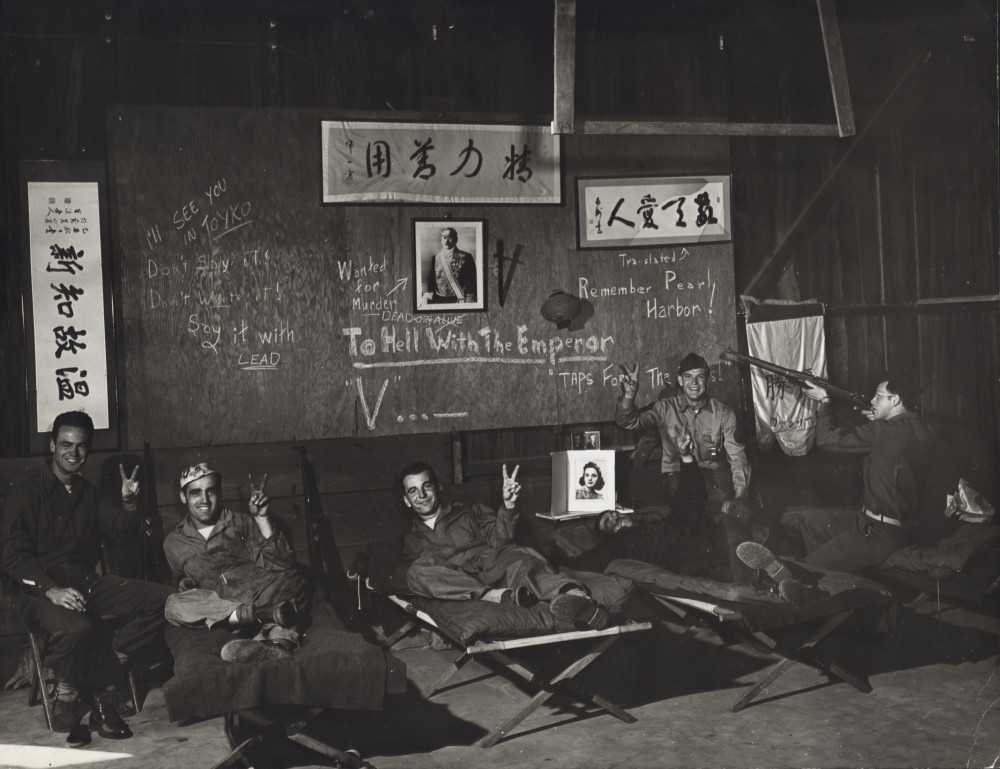 Image above: © John Florea,Outside La Gleize, US Army Remember Pearl Harbor, 1942, December 17, 1944 / courtesy of Steven Kasher Gallery
Image above: © John Florea,Outside La Gleize, US Army Remember Pearl Harbor, 1942, December 17, 1944 / courtesy of Steven Kasher Gallery
Since the original Life publications, the John Florea’s photographs have been published in the 1950 volume Life’s Picture History of World War II, in the 1979 Life: The First Decade, in the 1999 Life Photographers: What they Saw, in the 2001 Life: World War II and in the 2004 The Great Life Photographers. Florea’s image “Read My Vote” made in Japan in 1947 was included in the iconic Family of Man exhibition that Edward Steichen organized at the Museum of Modern Art, New York, in 1955 and which subsequently traveled to thirty-seven countries.
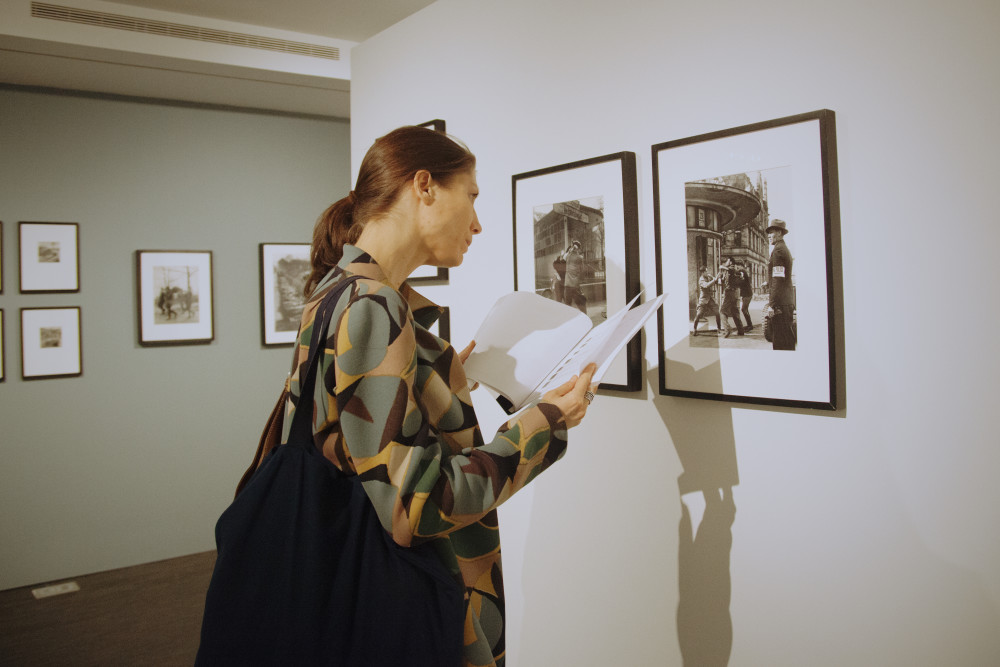 Image above: © Ashley Comer
Image above: © Ashley Comer
John Florea: World War II will be on view October 29th – December 19th, 2015. Steven Kasher Gallery is located at 515 W. 26th St., New York, NY 10001. Gallery hours are Tuesday through Saturday, 10 AM to 6 PM.



